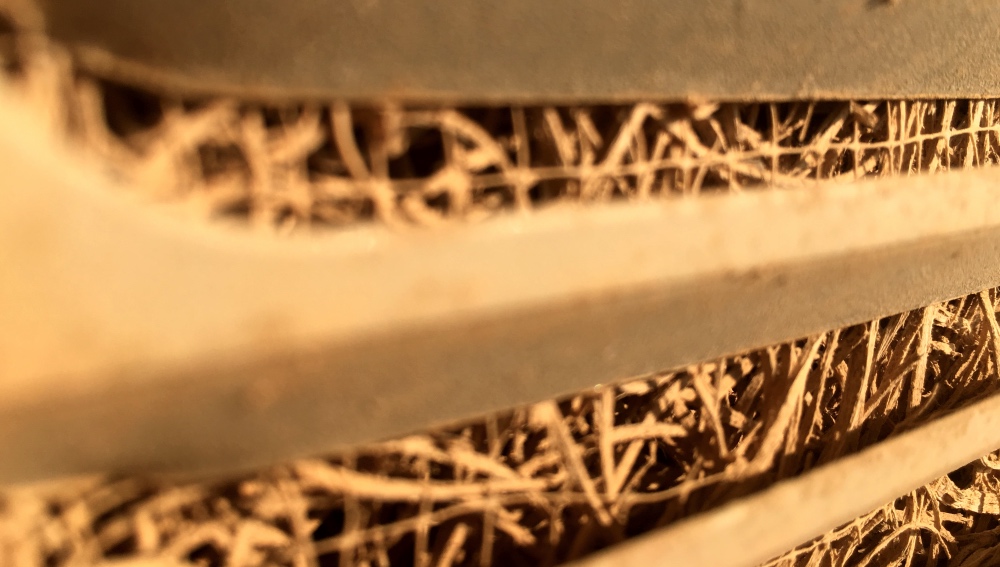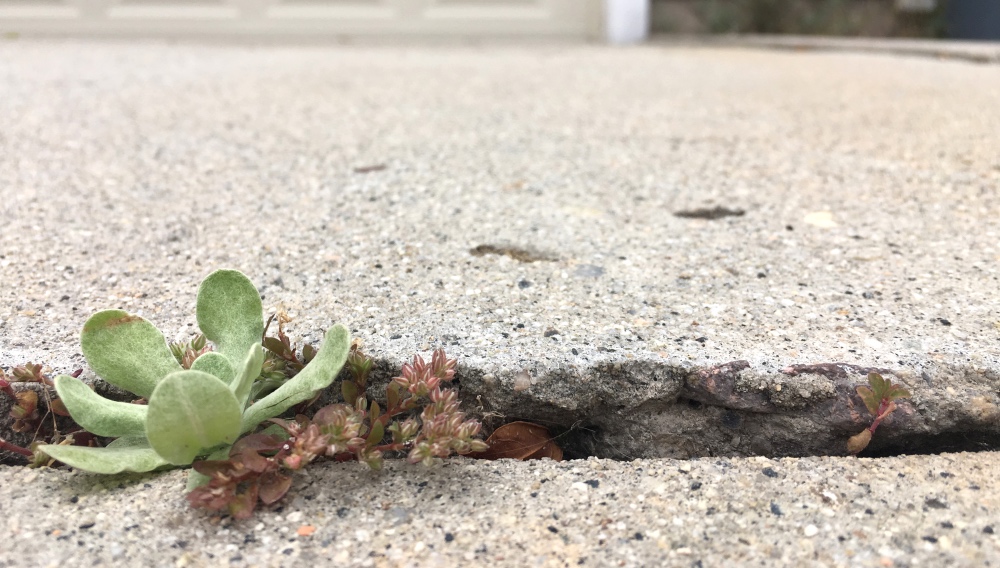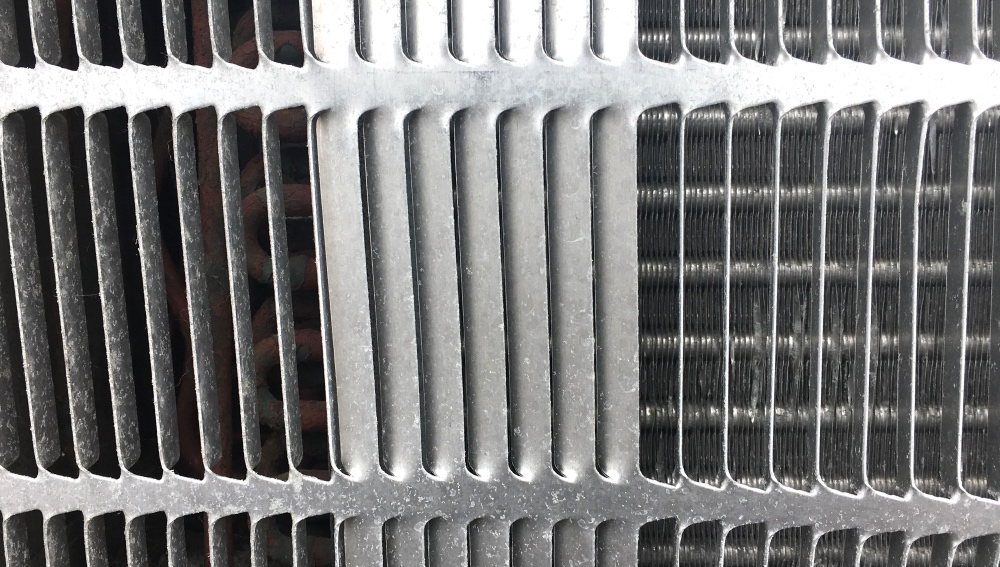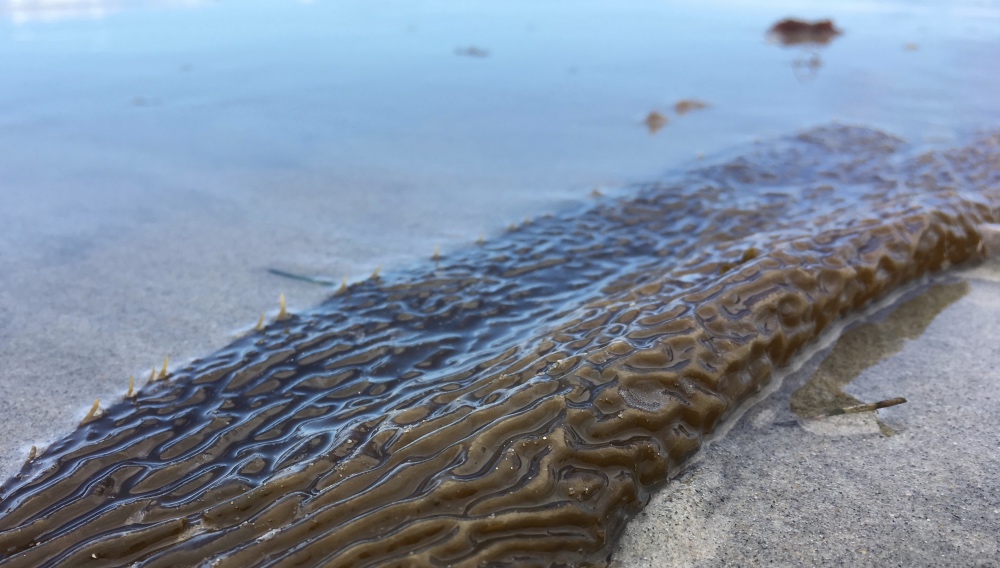I just returned from visiting family in Egypt. We stayed in the desert, and it was hot! One day we were talking about air conditioners and they showed me their new desert cooler. What a fantastic and sustainable way to cool the air!
Traditional air conditioners produce tons of greenhouse gases, mostly during production and disposal of the chemical refrigerants. According to project drawdown, air conditioners, fridges and freezers are the number one solution to address global warming. If 87% of chemical refrigerants can be contained instead of released over the next 30 years, nearly 90 gigatons of emissions can be avoided. Designing sustainable cooling solutions seems not only brilliant but also necessary.
So what is a desert cooler? Also called evaporative cooler or swamp cooler, they cool down air by using fans and water. This is how it works:

Hot air gets blown through an evaporative pad and comes out as cool, moisturized air. Traditionally, materials such a as wood slivers, as shown in the photo above, were used in the evaporative pad. Now companies are experimenting with new materials and structures to get even better water evaporation.
Unlike air conditioners, desert coolers don’t require chemical refrigerants, they don’t heat up the outside air, and they need very little electricity. They cool the air by humidifying it, so they work best in dry areas, such as the south west US or the desert in Egypt.
And as always, I’ll highlight a startup or research team. This week’s team is Quilo, a group of engineers and product designers based in Hong Kong, China and USA. They successfully launched a Kickstarter campaign in 2017 and are now selling two different evaporative coolers. Having worked for big brands, they started their own company to focus on good design and user friendly product.
Our products are expertly designed to look great while providing energy-efficient performance.
https://quilohome.com/faqs/
While big home appliance companies seem to dominate the air cooler market, I’m excited to see how this startup develops and continues to innovate climate solutions for our homes.
Sign up for weekly inspiration right in your inbox









